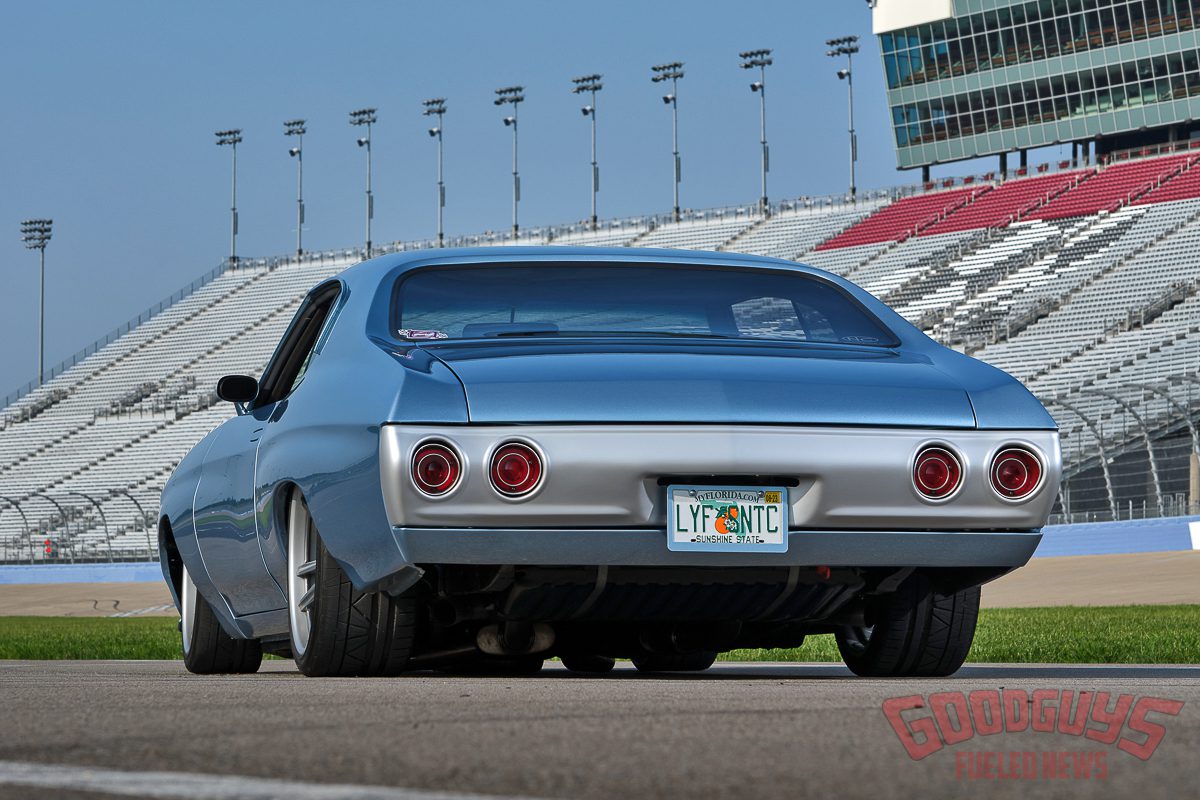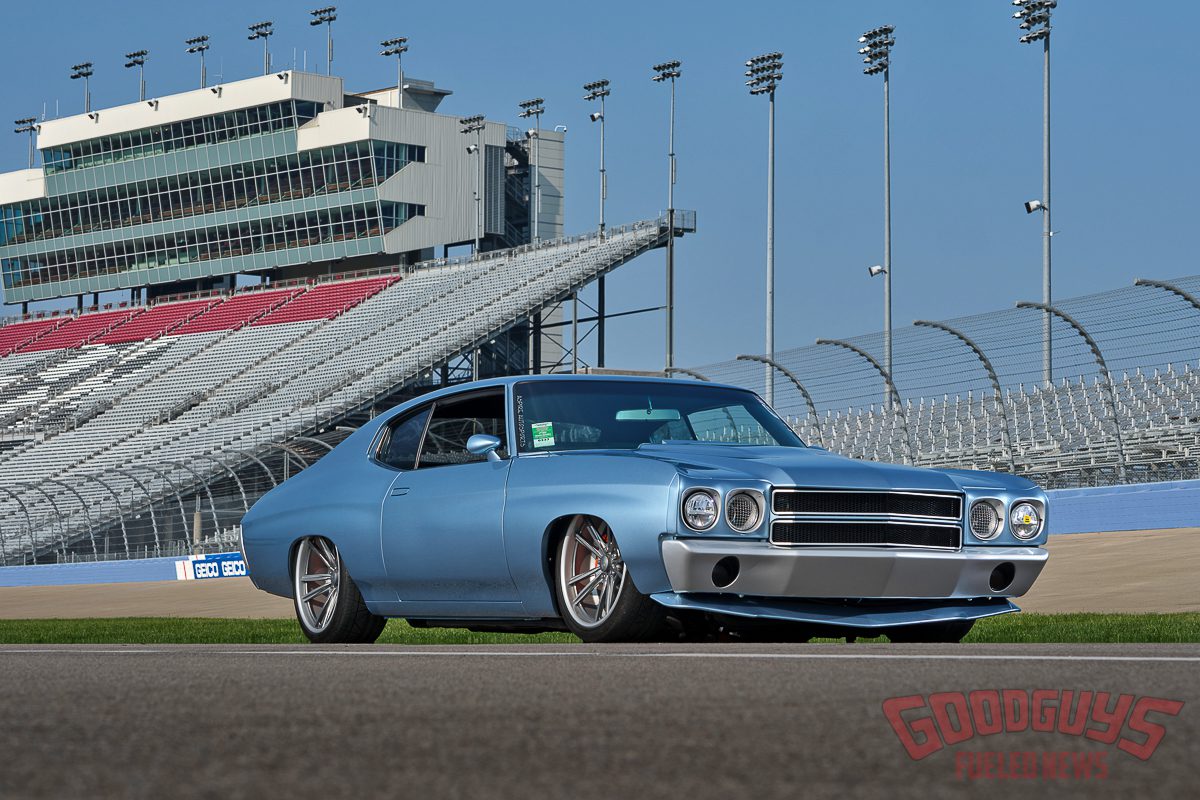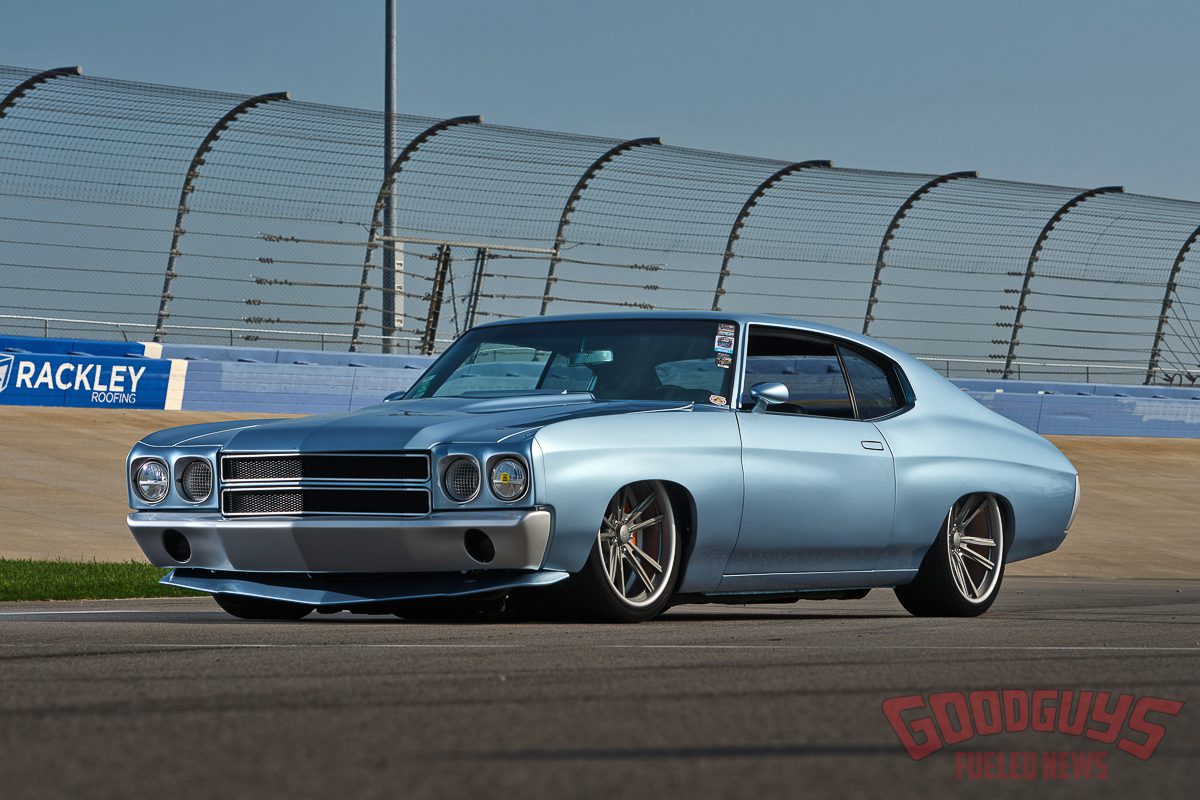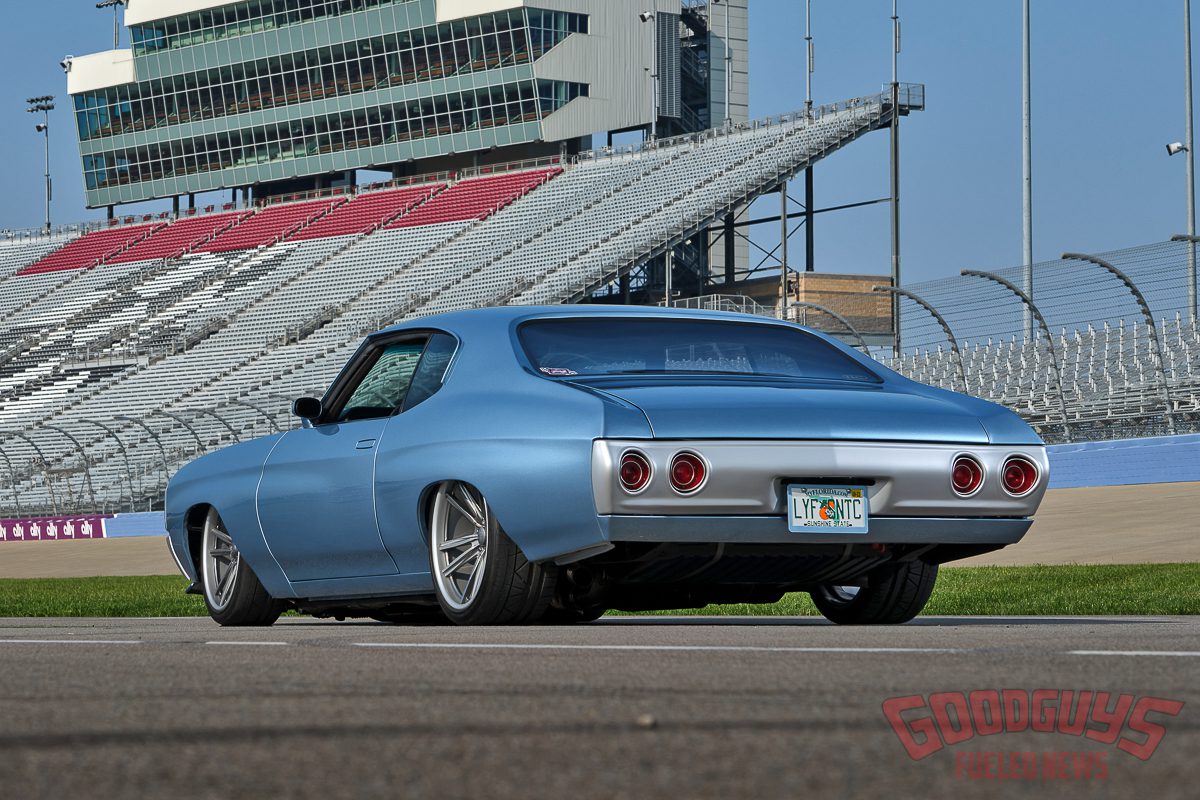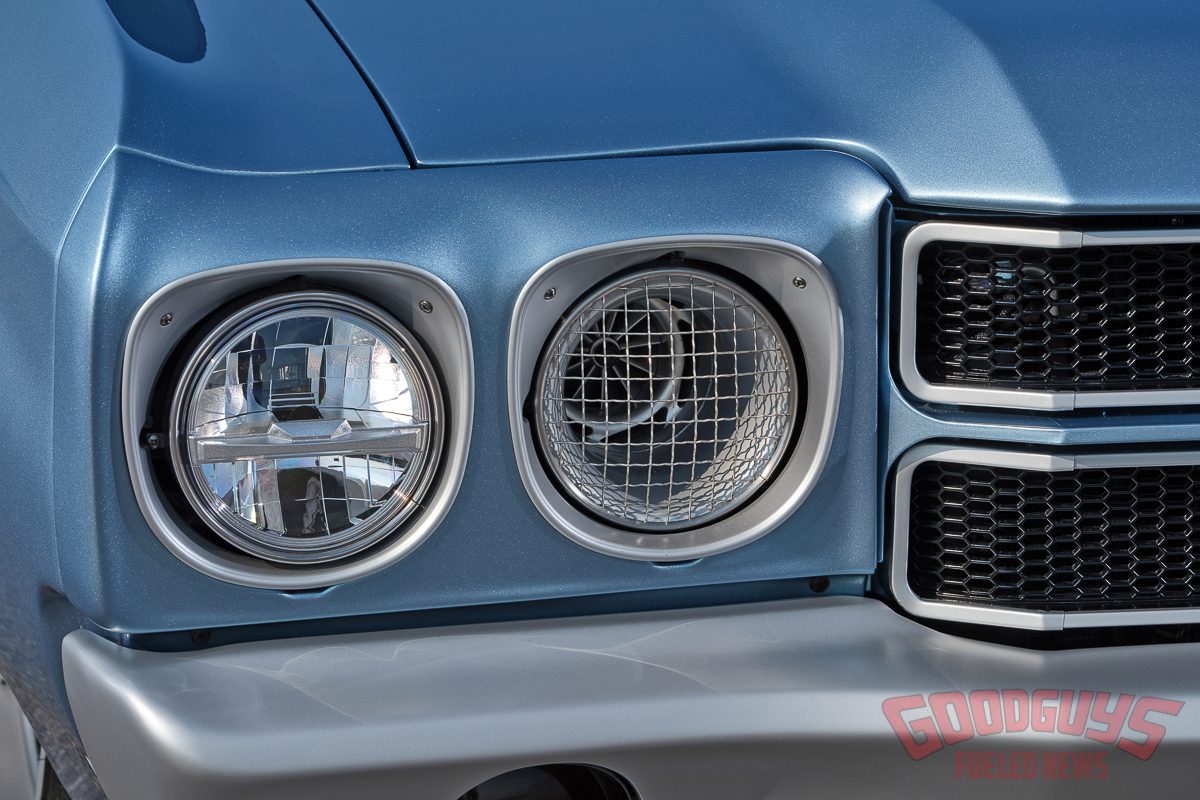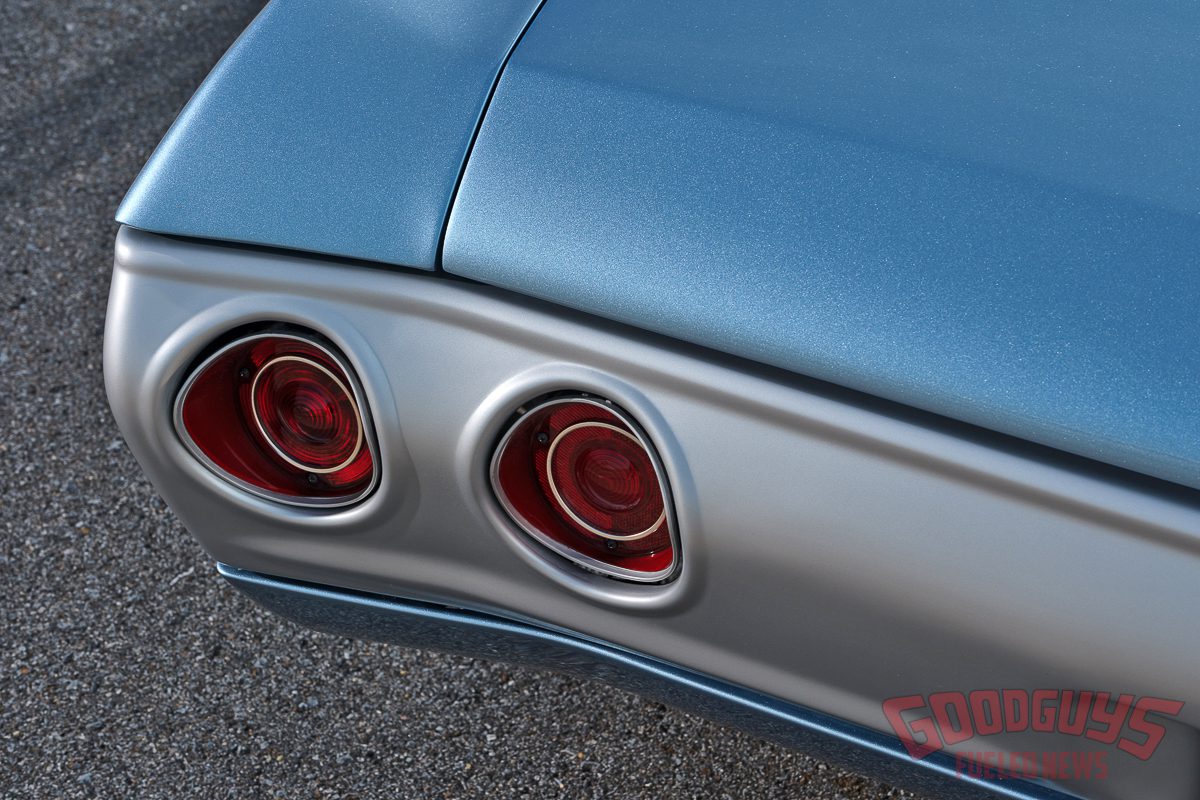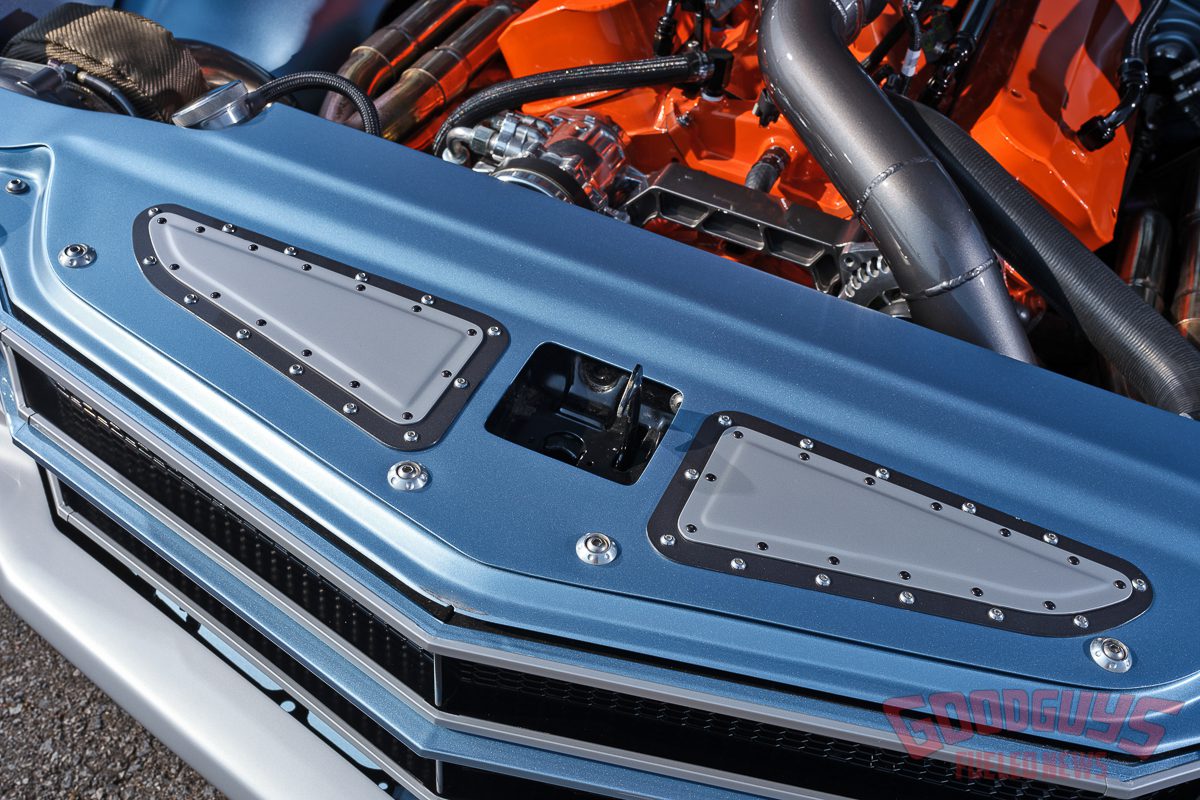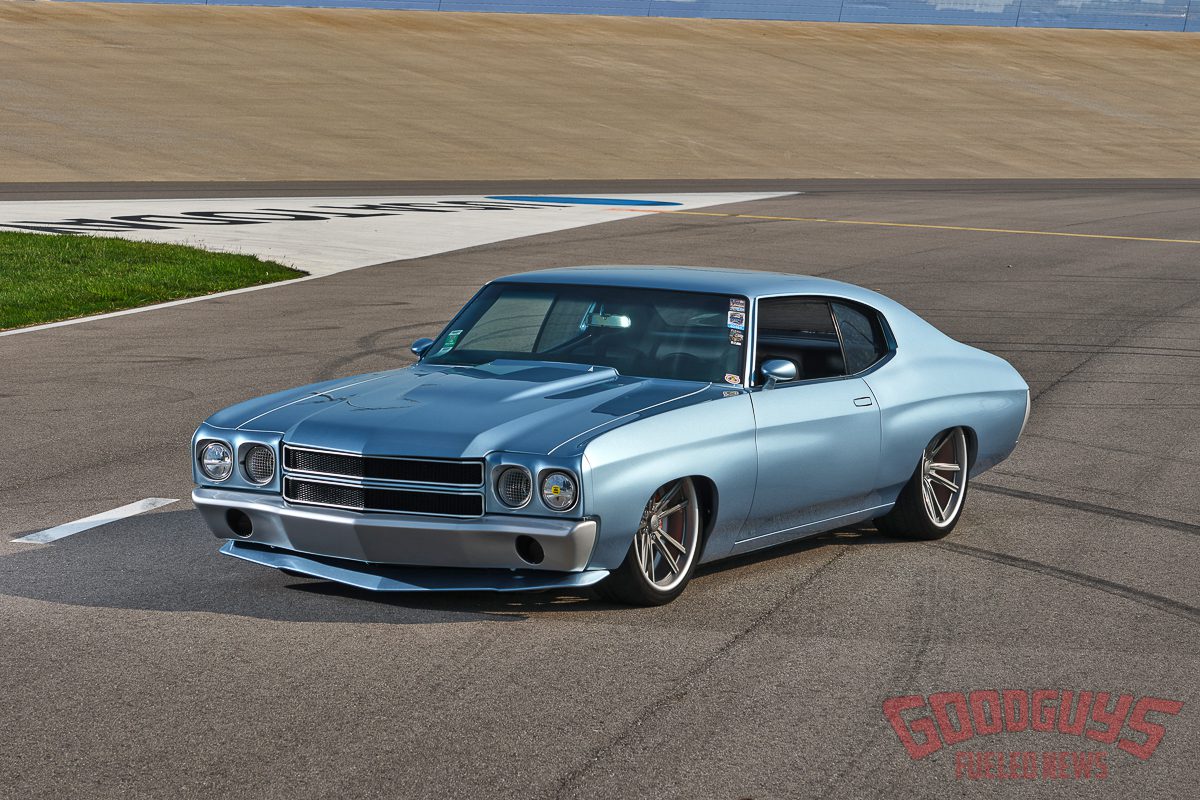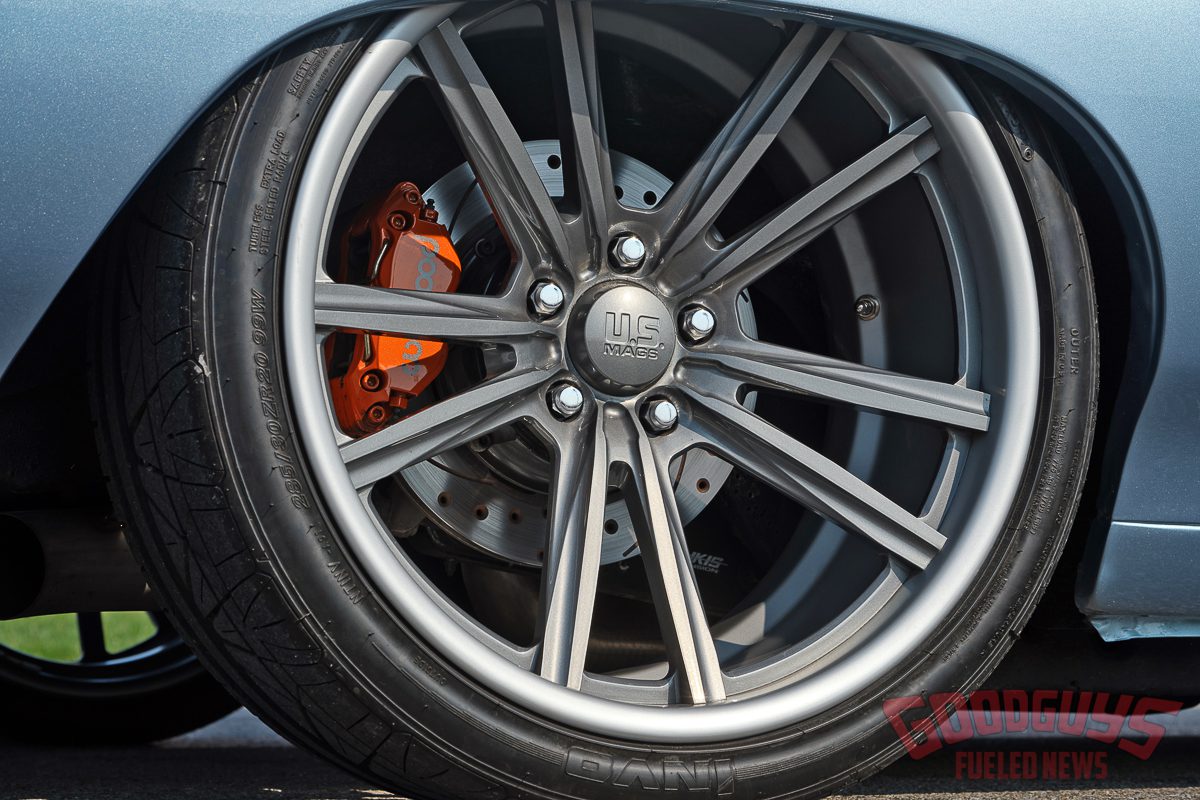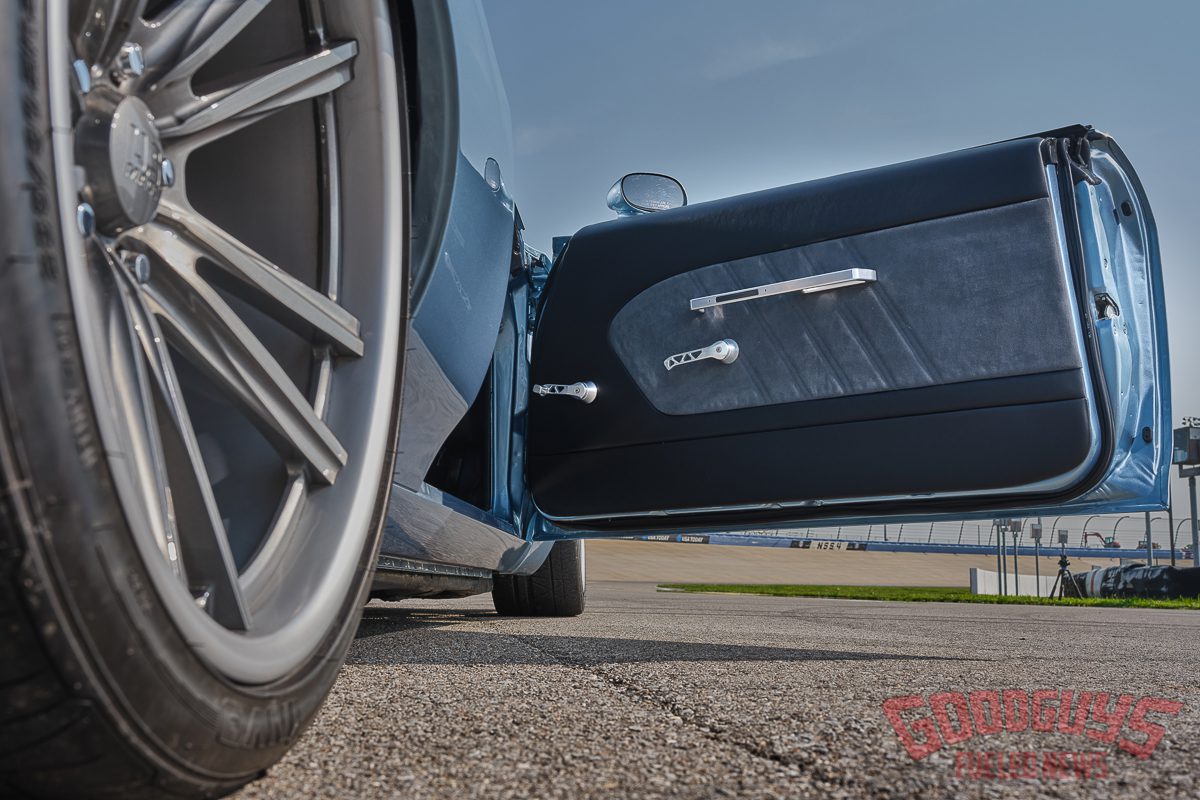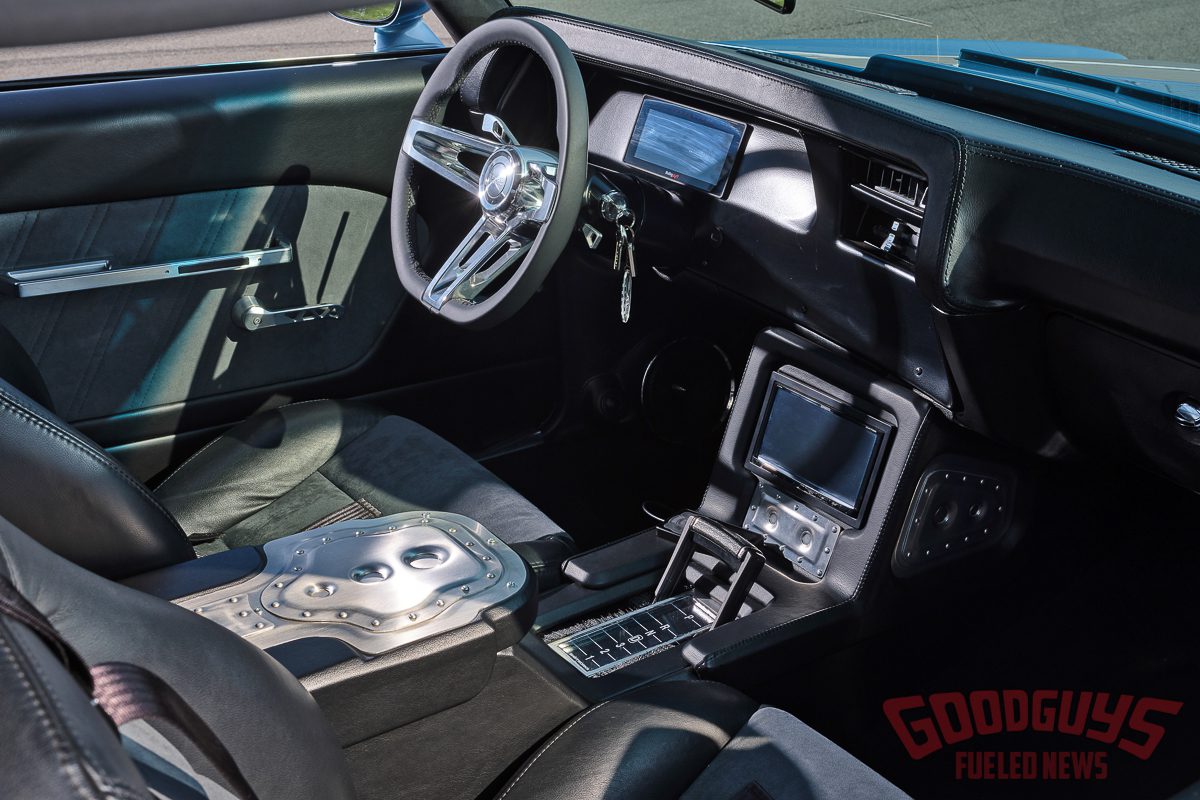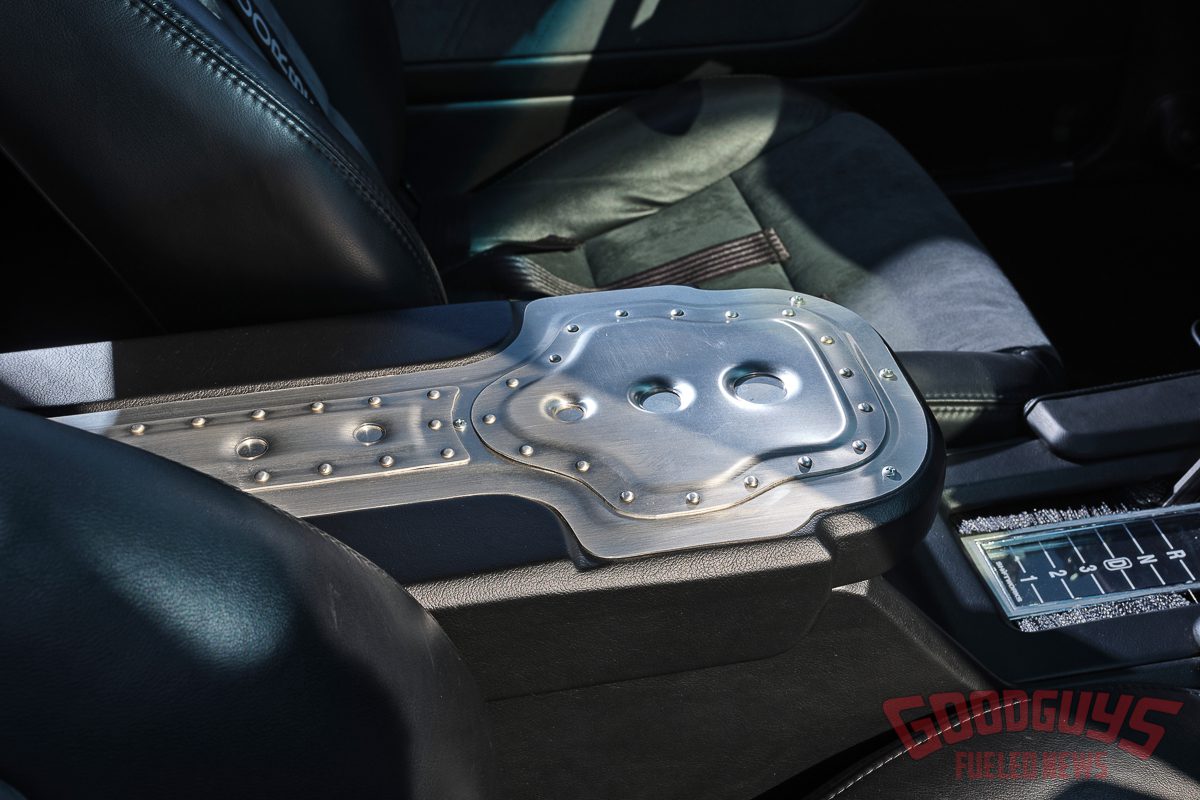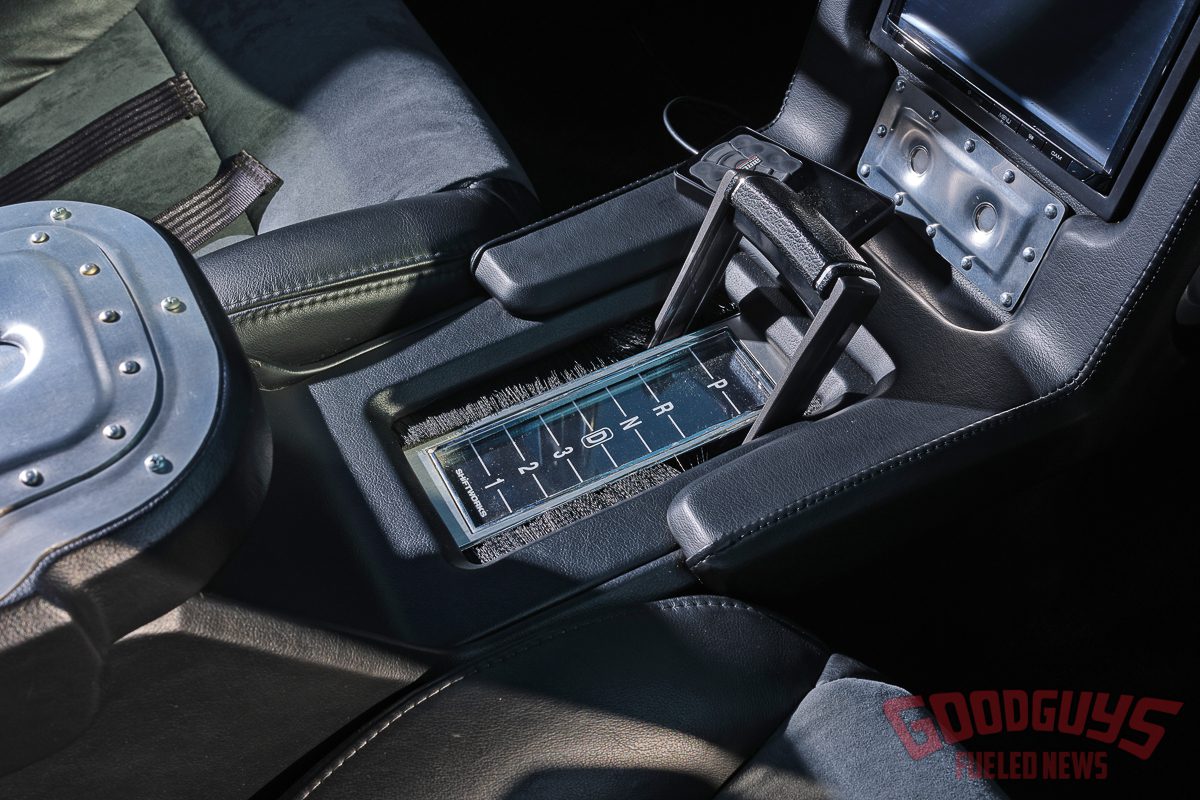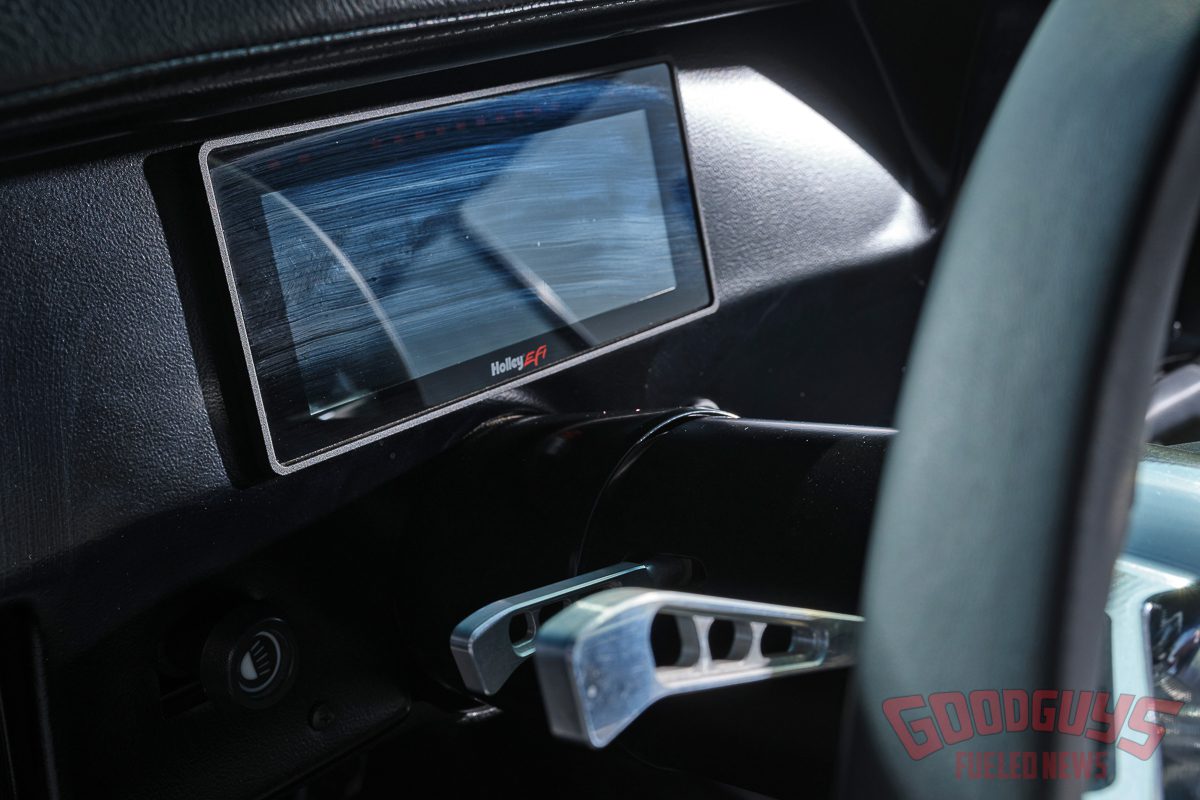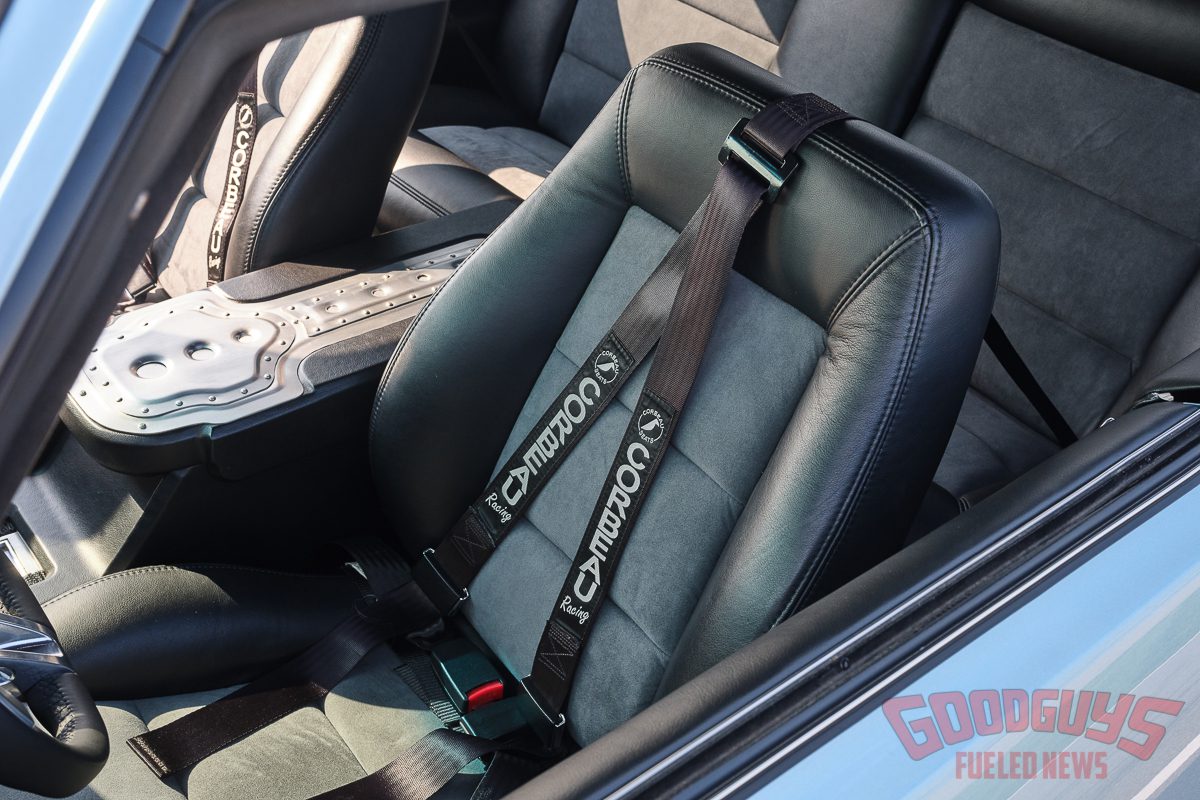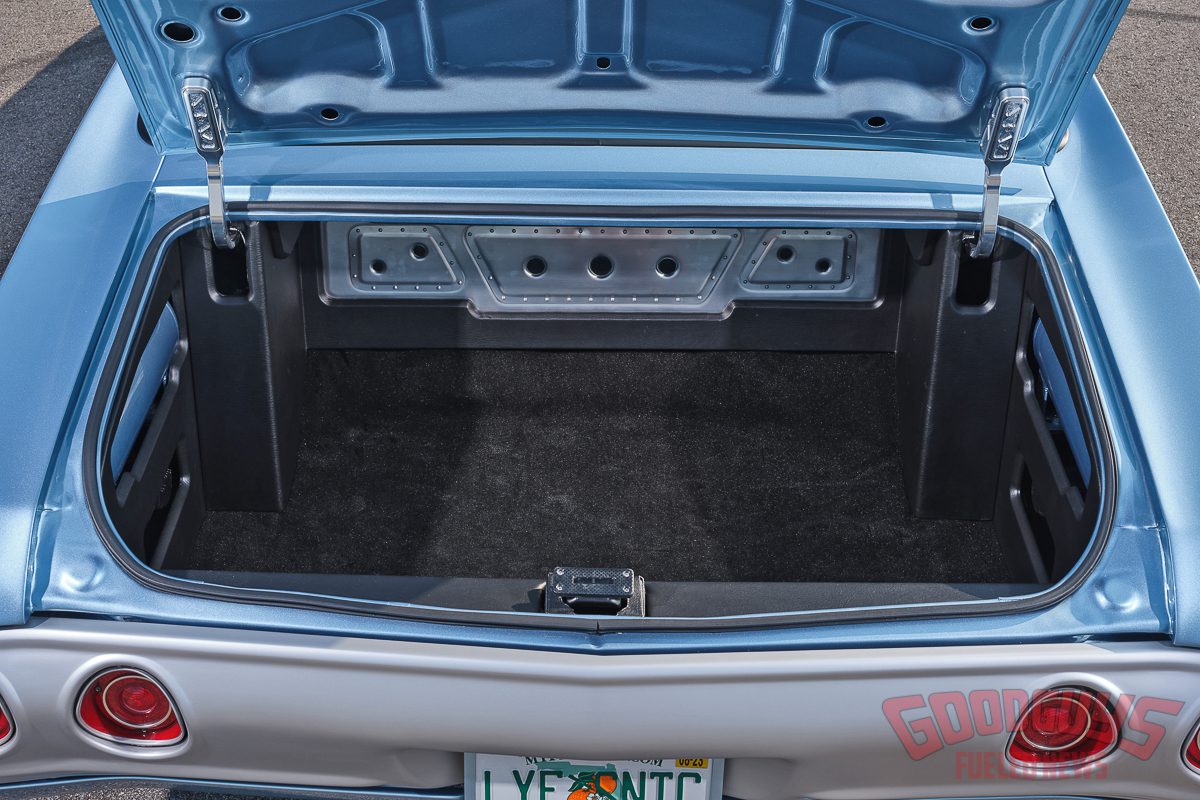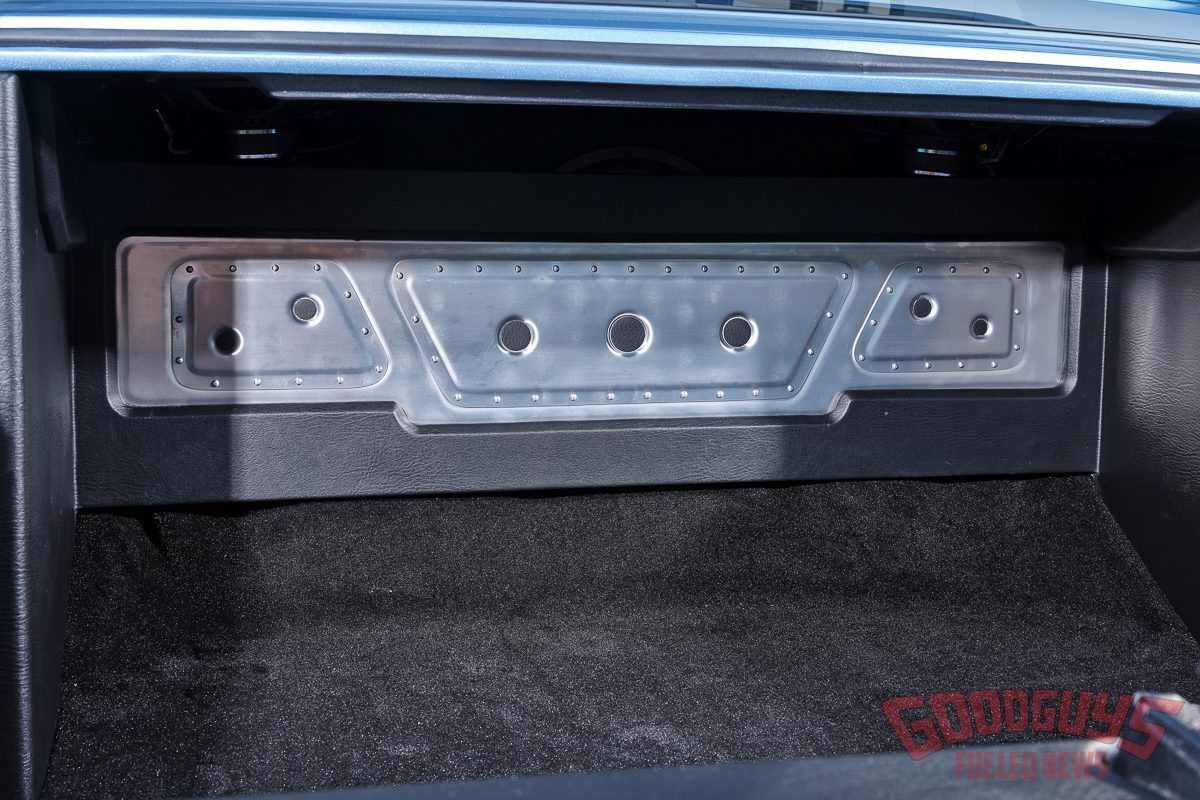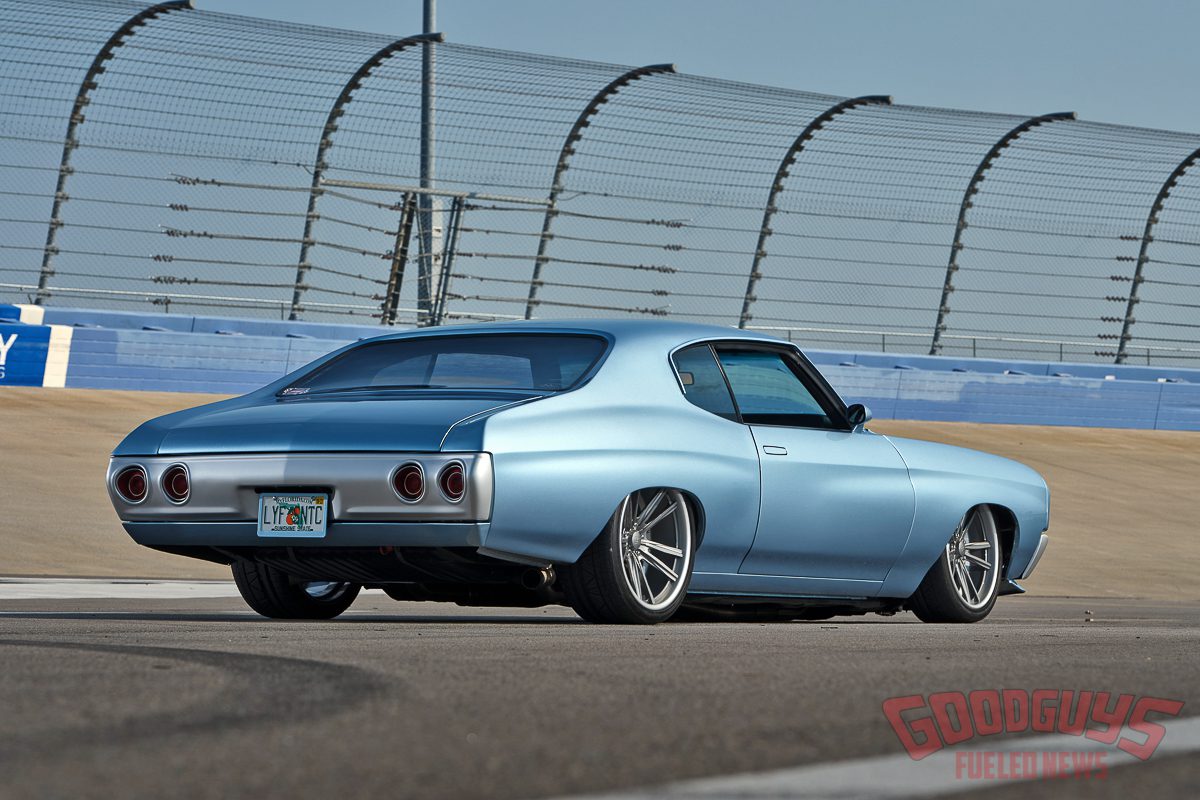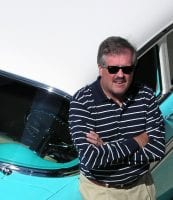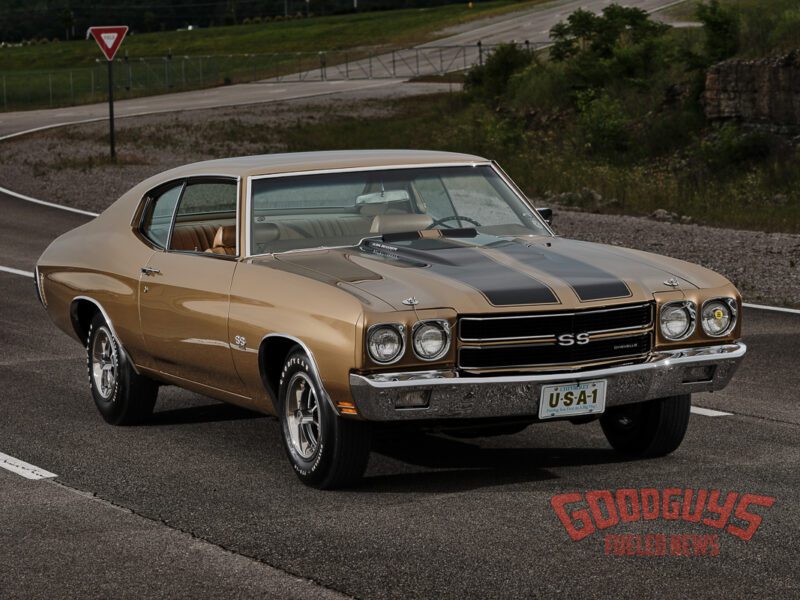Generational Changes – After Getting the Keys to His Father’s 1972 Chevelle, Jason Danler Gave it a Smooth Makeover
Back in the day, Oldsmobile promoted its high-performance models with the slogan: Not your father’s Oldsmobile. For Jason Danler of Seminole, Florida, if you replace Oldsmobile with Chevelle, you know why his 1972 Chevelle 454SS is no longer his father’s Chevrolet.
Jason’s father bought the Chevelle new in 1972 from a St. Petersburg dealer. For the next 20 or so years it was his daily driver, and then a weekend cruiser until 2003 when it moved into Jason’s garage.
Jason spent his younger years in the custom mini-truck branch of our hobby, but the Chevelle presented a new automotive canvas on which to paint. Two decades of work produced the smooth SS that now cruises the Tampa Bay area. What does his father think of the transformation? “He is extremely taken aback on how well it came out,” Jason says. “Never did he think it was going to go this far when I started 20 years ago.”
Jason turned to the crew at Aspire Autosports in Clearwater to help create this distinctive custom version of his longtime family Chevelle. And before anyone starts drafting angry emails about us mis-identifying the car, let’s review some Chevelle history. The 1968-72 models share a basic structure and many components, but each year was a bit different. For instance, the ’70 Chevelles were the last with quad headlights, while the ’71 and ’72 models featured larger dual headlamps. Around back, the rectangular taillights on the ’70 model evolved into four round lights in 1972. Jason wanted to carry the round-light theme to the front of the car, so a ’70 front clip was swapped in place of the stock pieces.
In addition to the front sheet metal, a ’70 El Camino bumper with round parking lights was installed on the Chevelle. Why? The El Camino was built on a Chevelle station wagon platform, yet for some reason Chevy used round parking lights on those two models, while all other ’70 Chevelles had rectangular parking lights. “The round lights go with all the other round lights on the car,” Jason says.
A bit more Chevelle trivia, while we’re on the subject. The new-for-1970 Monte Carlo was built on a longer chassis than the Chevelles, but it shared the station wagon/El Camino front bumper and the dash from the ’70 SS Chevelle models.
There is one more reason why Jason opted to use the ’70 front clip on the Chevelle: the inner lights (the high beams) were eliminated to allow for cold-air induction tubes to feed the 1,000-horsepower twin-turbo engine. It’s the car’s original big block, which now displaces 468 cubic inches and features Edelbrock Performance heads in place of the stock cast iron pieces. Twin 67mm Turbonetics turbos force feed air through the Holley Sniper EFI intake, with a Holley Terminator ignition controlling the spark. Exhaust fumes exit through custom-built headers and a 3-inch exhaust system. A Vintage Air Front Runner accessory drive system is bolted to the front of the engine and a modern GM 4L80E automatic transmission backs it up.
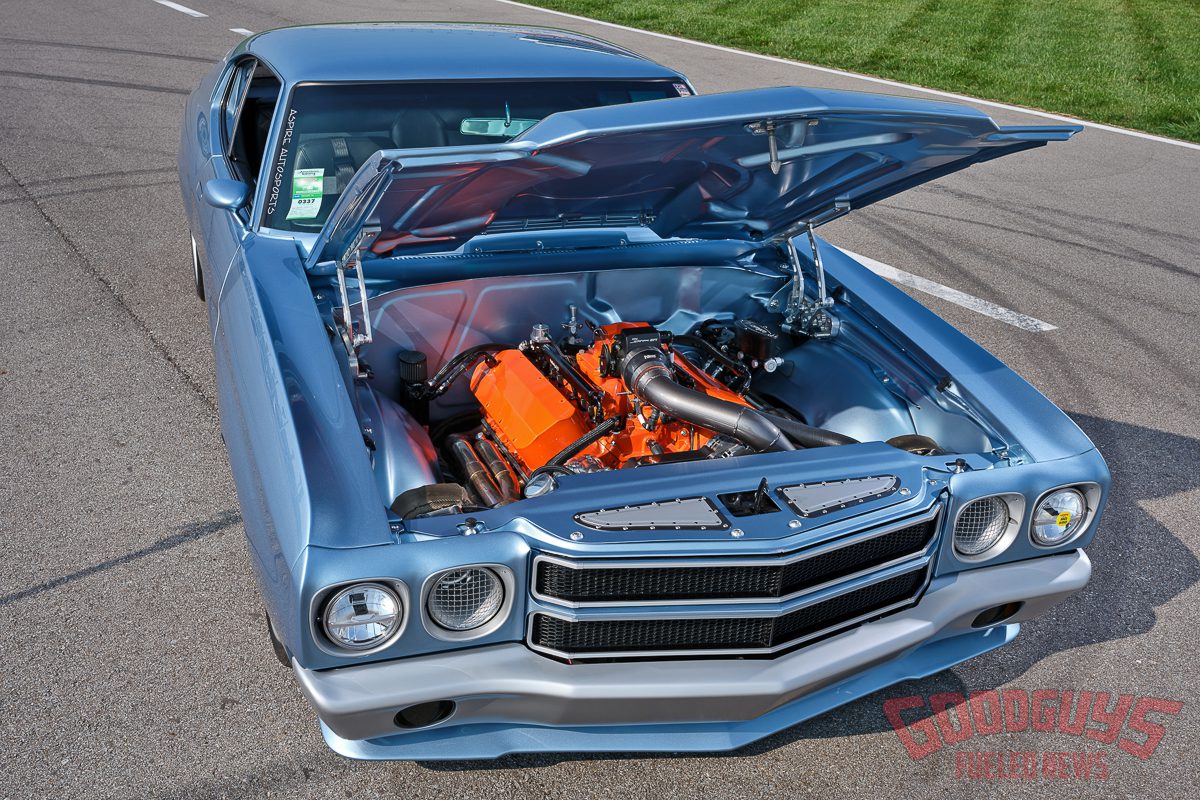
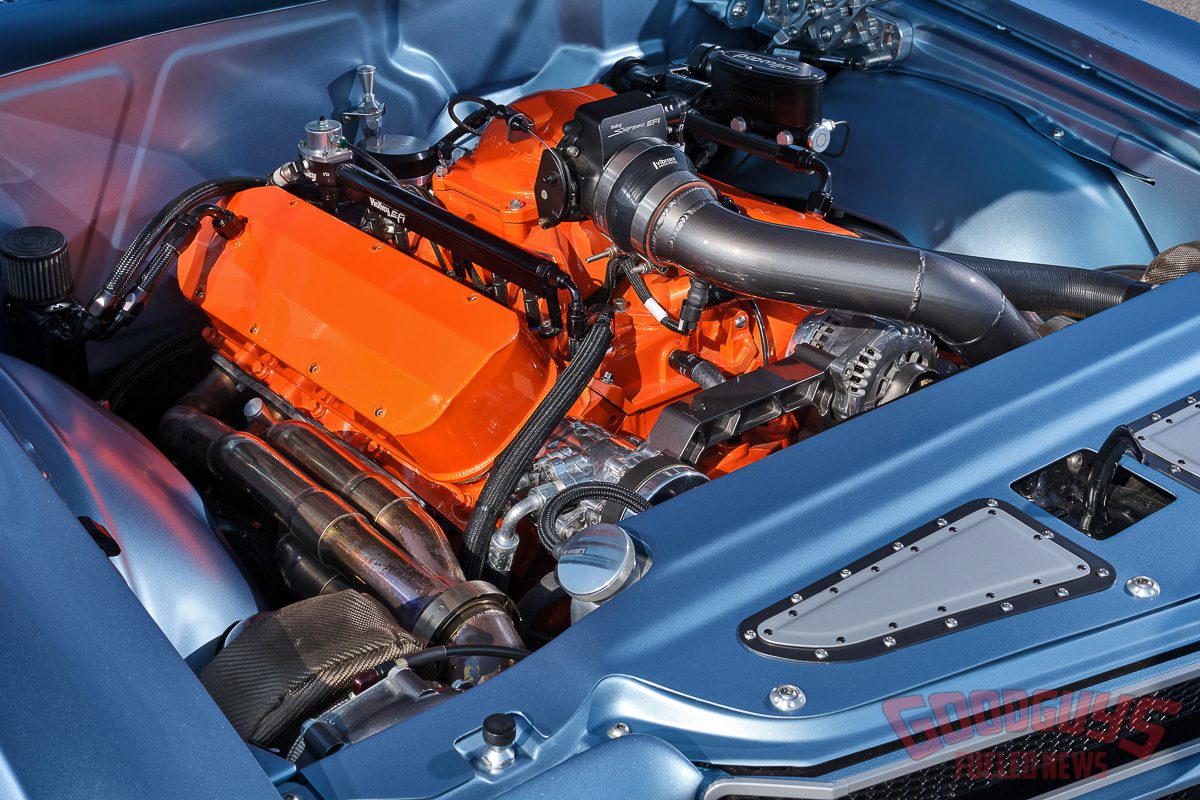
A smoothed firewall, billet hood hinges, and a custom radiator cover complete under-the-hood custom touches, which complement the exterior mods. Those body updates include flush-mounted front and rear glass, Kindig flush-fit door handles, shaved emblems and side marker lights, and a custom-formed front grille insert. Both bumpers are smoothed and tucked closer to the body. Aftermarket exterior rear-view mirrors and a custom front spoiler complete the body modifications. Jeff Beck at Aspire Autosports applied the Land Rover Silver to the bumpers and the BASF custom-mix blue to the rest of the body.
The Chevelle rides on a heavily modified stock chassis. A Unisteer rack-and-pinion steering system works in conjunction with Hotchkis upper and lower control arms. A custom spring system allows Jason to adjust height at all four corners, while Wilwood disc brakes are found behind U.S. Mags Bastille 20×8.5- and 20×10-inch wheels wrapped in Nitto tires (235/35 in front, 285/30 in the rear).
The interior features Procar front bucket seats and custom gray leather and suede upholstery by John Lancaster at JL Complete Auto Interior in St. Petersburg. A Holley digital insert resides in place of the stock instrument cluster, a TMI pad tops the dash, while a Sparc Industries wheel and a stock shifter control their respective duties. A custom console that houses a video control screen and a Vintage Air system keeps passengers cool in the hot Florida weather. Handles and pedals come from Ring Brothers and Clayton Machine Works and the one-piece headliner is from TMI.
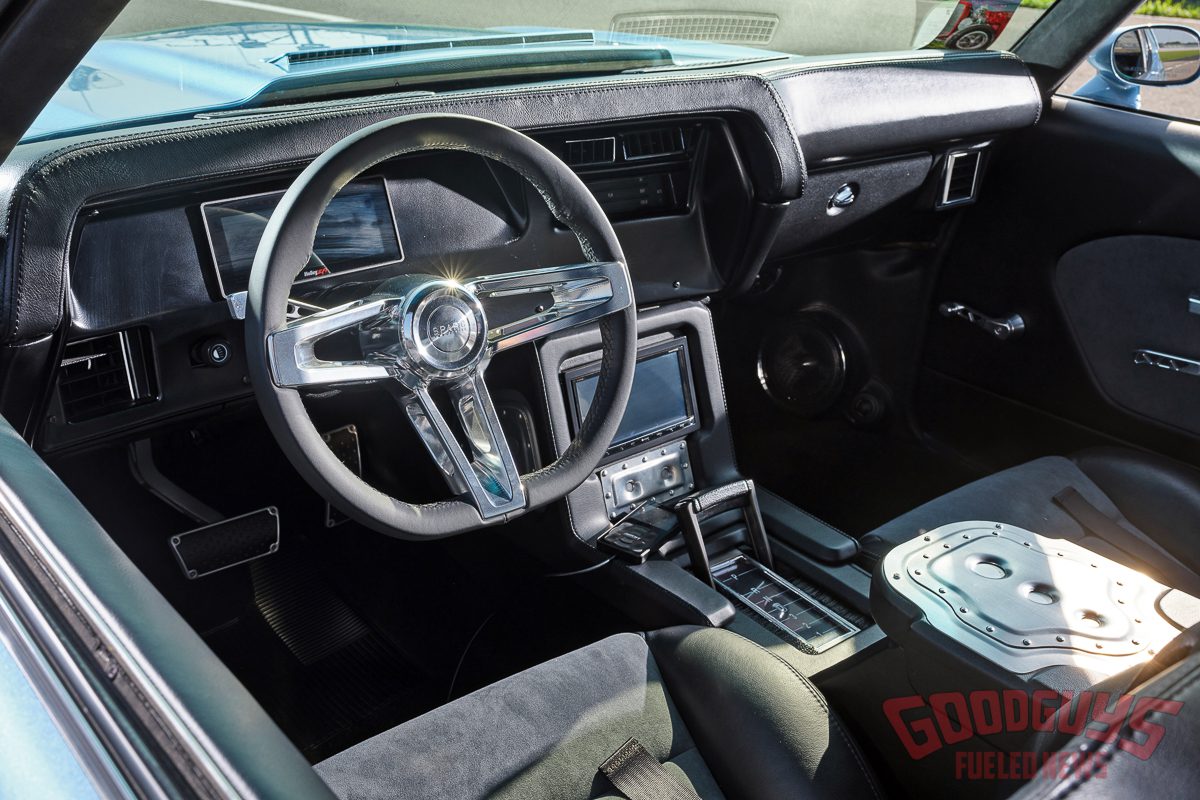
Jason, along with his wife Cindi, will continue the family tradition of putting miles on the Chevelle and enjoying it on the road. It won’t be a garage queen. The bigger question is, after 20 years in progress, is this the final version?
“Never finished,” Jason says. “More things to do as the sport is ever evolving.”
Photos by John Jackson



